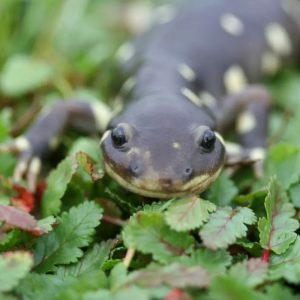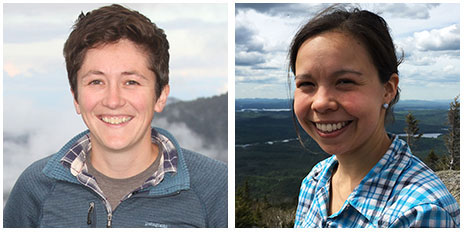 During a recent review of the U.S. Fish and Wildlife Service’s recovery plans for more than 200 endangered and threatened vertebrate species in the United States, Michigan State University researchers found that two-thirds of those species could benefit from a gene-boosting diversity strategy known as genetic rescue. Surprisingly, just three of the reviewed plans to support species recovery used this approach.
During a recent review of the U.S. Fish and Wildlife Service’s recovery plans for more than 200 endangered and threatened vertebrate species in the United States, Michigan State University researchers found that two-thirds of those species could benefit from a gene-boosting diversity strategy known as genetic rescue. Surprisingly, just three of the reviewed plans to support species recovery used this approach.
“These small, isolated populations are becoming more frequent, fragmented and in trouble,” said Sarah Fitzpatrick, KBS resident faculty member and an associate professor in the Department of Integrative Biology in MSU’s College of Natural Science. “They might benefit from some human-assisted migration to help infuse deteriorating populations with more genetic variation, which can help them respond to changes in the environment as well.”
Genetic rescue
Genetic rescue is an increase in population size caused by the movement of new genetic material from one population to another. This can happen through either human-assisted intervention or natural migration. As a conservation tool, this strategy can increase the genetic diversity of small, isolated populations and help them recover from inbreeding.
Translocating, or the act of moving individuals from one place to another, is a common practice that has most often been used outside the context of genetic rescue.
“This is pretty common in fish management,” said Cinnamon Mittan-Moreau, an MSU Ecology, Evolution and Behavior Presidential Postdoctoral Fellow based at KBS in the Fitzpatrick Lab. “Managers have been moving animals and plants around for more than a century, just not with the intention of increasing genetic variation.”
The good news is that, in many cases, the logistics of carrying out these translocations have already been overcome, and so the time is ripe for more attempts at genetic rescue. Despite this, Fitzpatrick, Mittan-Moreau and their team found that this strategy continues to be left out of species recovery plans.
Along with Fitzpatrick and Mittan-Moreau, co-authors on this study include post-doctoral researcher Jessica Judson and former laboratory manager Madison Miller. Their findings were published in the Journal of Heredity.


A legacy of conservation; a commitment to sustainability.
3700 E. Gull Lake Drive
Hickory Corners, MI 49060
(269) 671-5117
info@kbs.msu.edu